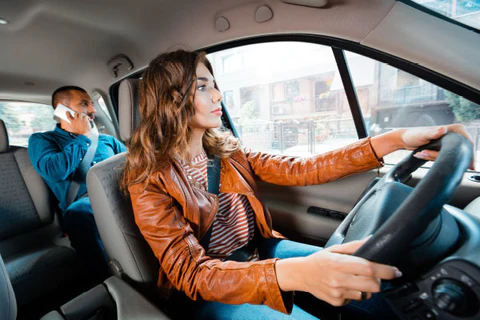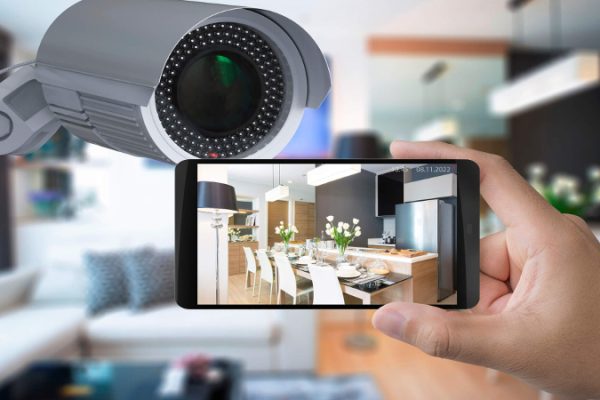The rise in ridesharing has been seen recently with the introduction of new apps like Uber and Lyft. These services offer affordable alternatives to the taxis seen on the roads.
However, like every other industry, this has also been facing a couple of challenges from the time it has been serving people. Now, there has been observance in both the passengers and the drivers dealing with cases.
With the increase in the cases observed, there have been proposals saying cameras are the only solution. And with that come more challenges that can impact the riders, including the passengers and the drivers.
An Uber and Lyft sexual assault lawyer in Texas can help you understand these issues more.
Camera Insertion in Vehicles
The insertion of in-vehicle cameras in the rideshares is one of the most discussed topics. There have been several arguments against and in favor of them.
Here are some of the benefits that these cameras can bring:
Great Evidence in Case of Dispute
In cases where there are arguments and disagreements on the wrongdoing of the parties, the cameras can play a significant role. A passenger or a driver will think twice or thrice before causing any kind of argument or passing any statement, as all of this will be recorded in the car.
Prevents Misconduct
The use of cameras can also help in preventing any kind of misconduct. Any passenger or driver who knows that there is a camera watching them will never go and do something bad that is being recorded and can be used against them.
Encourages Best Behavior
Now, this tool can also come in handy as it can help encourage the parties (the rider and the passenger) to behave with their best skills. The camera here works as an eye that looks at the passenger and the driver. So, both the driver and the passenger will be behaving in the best way possible to each other.
More Transparency
By opting for a transparent approach, which is to install a camera in the car, both the passenger and the diver can vouch for the fact that there is no bias here as both parties are being watched.
The users here can feel a lot more comfortable and safe when they know that there has been a recording going on of the driver and the passenger.
Objection on the Cameras
Although cameras are considered to be one of the most helpful tools when it comes to ridesharing services, there are still some questions that are raised about their installation.
Invasion of Privacy
Ridesharing also works as a space for people where they can relax and get their work done by just making calls and holding meetings. So a lot of times people have this complaint where they think they’re being recorded is like a breach of privacy for them, as there are a lot of times discussing private matters.
Storage of the Footage
Now, the cameras installed in the cars are recording the footage 24/7. This means that there is a lot of data that is being generated every single day. Questions like ‘who has access to this data?’ ‘who controls all of this footage?’ and ‘Where do these recordings go?’ are some of the common questions the passengers are asking. These are the ones that think that this storage of the footage is not kept private.
Misuse of the Footage
A lot of people do think that the footage can be misused, and there can be unauthorized access, leaks, or hacking. There is obviously sensitive footage as well that can fall into the wrong hands or can be made public, resulting in blackmail or misuse.
Out-of-Context Use
Now, with such long recordings, there is a high possibility that the recordings can be cut down and made into something else than they were. This can lead to misinterpreted footage with a different meaning altogether. So, the chances of a lot of events being misinterpreted and misunderstood are really high for some passengers, and that is why they refuse to be recorded when on a ride.
International Rideshare Issue
In the case of ridesharing, there are some of the jurisdictions that can pose challenges. Now, in these cases, questions like ‘what laws are suitable for the footage?’. This, a lot of times, is seen happening in cross-border rides as there is always confusion on the jurisdiction handling the case.
Conclusion
In conclusion, the use of cameras in ridesharing is still a question. There are always two extremes here, one that says there is nothing wrong with the installation of cameras and the other where it is completely opposed. So, it is best that companies have serious meetings over such matters to decide if the use of cameras should be allowed or not.





